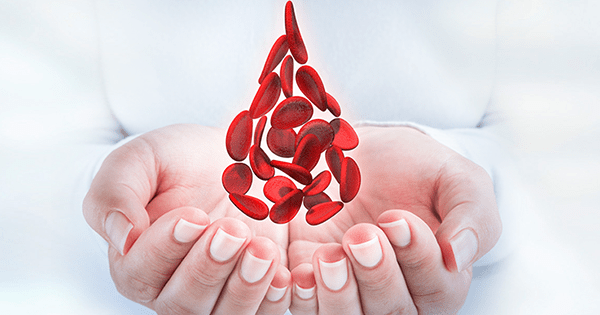What is AIDS disease?
 AIDS is a viral immune problem called Acquired Immune Deficiency Syndrome in English.
AIDS is a viral immune problem called Acquired Immune Deficiency Syndrome in English.
The HIV virus, which causes the disease, destroys important cells that play a role in the body's defense, causing suppression of the immune system. In this disease, which is often abbreviated as HIV/AIDS, severe infectious diseases, even cancer and similar diseases may occur as a result of weakening of the immune system.
In order to detect the disease at an early stage in people exposed to the HIV virus and to prevent its transmission to healthy people, the signs and symptoms must be known, the transmission routes of the disease and the methods of protection must be known.
What are the signs of AIDS?
After the HIV virus enters the person's body, it may not cause any symptoms for many years. The rate of progression of the disease and the appearance of the first symptoms vary according to the way the virus enters the body.
HIV virus begins to multiply immediately after entering the body and continues to multiply at different rates for months or years. After the virus level in the body exceeds a certain limit, the first symptoms of AIDS are observed. These are not symptoms that affect a person's daily life, so they may not be easily noticed. With the onset of AIDS, preliminary symptoms such as fatigue, weakness, intermittent diarrhea problem, presence of plaque in the appearance of white spots in the mouth, and frequent illness are observed. Since these symptoms are extremely difficult to bring to mind AIDS, the disease will continue to progress.
With the progression of the disease, complaints such as involuntary rapid weight loss, prolonged diarrhea, night sweats, frequently recurring fever, deep white sores in the mouth, pink, red or purple spots in different parts of the body, various respiratory diseases and forgetfulness occur.
How is AIDS transmitted?
AIDS is spread by the body fluids of people infected with the HIV virus entering the body of people who have not been in contact with the virus. The body fluids that are effective in the spread of the virus are listed as blood, sperm, vaginal secretions and breast milk.
• Transmission through sexual intercourse: 80-85% of HIV virus transmissions occur through unprotected sexual intercourse. The virus, which is found in the sperm cell of the HIV-positive man and in the vaginal secretion of the HIV-positive woman, enters the mucous membranes of the body that have deteriorated during sexual intercourse. In AIDS disease, sexual transmission can occur between all individuals who have unprotected sexual intercourse (from woman to man, from man to woman, from woman to woman and from man to man). Even a single unprotected relationship with an HIV-positive individual can lead to the development of AIDS.
• Transmission through blood: HIV virus is found in the blood of infected patients and spreads as a result of contact of healthy individuals with this blood. Transmission through blood usually occurs as a result of injury from instruments that have come into contact with the blood of a sick individual, or contact of infected blood with skin or mucous fluids. It can be said that the group most at risk for this type of contamination is healthcare workers.
• Mother-to-baby transmission: A mother infected with the virus can transmit the virus to her baby during pregnancy, during childbirth or through breastfeeding after birth.
How is AIDS diagnosed?
The diagnosis of HIV/AIDS is made by an HIV test that displays antibodies in the blood or antigens that can be counted as part of the virus. Approximately 3-8 weeks after the individual's contact with the virus, the immune system gives the first response and the number of antibodies in the blood begins to increase rapidly. In some cases, the antibody count no longer shows up for as long as 6 months. Since the occurrence of such a situation will delay the diagnosis of the disease, tests that examine the antigen and antibody together are generally preferred. In this way, it becomes possible to diagnose from the 3rd week after the patient's contact with the virus.
The first test to be done for the diagnosis is the ELISA test. If the presence of HIV infection cannot be proven as a result of the examination with this test, the result is considered negative. If the ELISA test is positive, the test is repeated and if the result is positive again, a confirmation test called Western blot is performed. If the confirmatory test is also positive, the person is diagnosed with HIV/AIDS.
What are the treatment methods for AIDS disease?
The main purpose in the treatment of HIV infection is to prevent the decrease of the immune system cell called CD4, which begins to decrease with the entry of the virus into the body. At least three different drug applications have been developed to carry out this treatment. The drug to be used in the treatment is determined by the resistance of the virus to the drug. It is possible to control HIV/AIDS disease to a large extent if the patient follows the drug regimen deemed appropriate by the doctor without interruption and if he/she adheres to the treatment at a sufficient level.
 AIDS is a viral immune problem called Acquired Immune Deficiency Syndrome in English.
AIDS is a viral immune problem called Acquired Immune Deficiency Syndrome in English.